
Venice is one of only a handful of places where the most spectacular spaces are hidden and kept secret, tucked behind its legendary lacy facades. You can cruise down the Grand Canal and enjoy the allure of Venice’s magnificent palaces—the elegant architecture, the pointed arches—but it is only when you walk into the private world of Veneto’s capital with its sprawling palaces that you can start to understand its glory.
Now you can enter one of Venice’s most private and magical palazzos, a historical building which has not been open to the public until now. Palazzina Masieri on the Grand Canal began as a private home in the 18th century, eventually procured as the home of Fondazione Angelo Masieri and later became a cultural institution established in 1950s. It was Paolo Masieri who founded it in memory of his architect son Angelo, who tragically died in a car accident in 1952. As of last year, the building has undergone a restoration project which brought this gem back to its 1960s glory, when Venetian architect Carlo Scarpa completed its restoration. Today it is the home of Galerie Negropontes, a design gallery from Paris, and it is open for tours and cultural events while also acting as a showcase of contemporary art and design by the artists represented by the Gallery. This historical building is opening a new chapter in its fascinating history and I loved my visit here last weel.
The fact that two of the most admired architects of the 20th century (Frank Lloyd Wright and Carlo Scarpa) both worked on this Venetian palazzo makes it a desirable destination for any lover of architecture. It is not about the visual relationship between those two architecture legends—which has been explored by many scholars—nor is it about their shared passion for Japanese aesthetics, but it is that the two actually worked on that same house.
In fact, architecture was the profession and passion of the man who last lived there: Angelo Masieri, and the young architect went to the US to meet with Frank Lloyd Wright to commission the American architect with the restoration of his home in Venice. The two had met the previous year when Wright was in Italy to receive an honorary degree from the Venetian university and to attend the inauguration of an exhibition dedicated to him in Florence. On Masieri’s return from Wright’s home in Arizona, he tragically died in a car accident. After his death, Wright presented his plan for the demolition of the old house in order to build a new one instead, but his plan was harshly criticized by the local art community refusing to insert modern building in the historical fabric, and was consequently not approved by the Municipality of Venice.
It was then that the project was handed to Venetian architect Carlo Scarpa, who proposed to preserve the entire historic façade. Scarpa understood tradition and had a respect for buildings of past eras. The way in which he created a dialogue between the existing facacde and the new construction behind it looks so natural, as if those two were born to co-exist.
You’ll find the building on a narrow street, one of those quiet residential areas that make Venice so special. When you enter the house, you’ll discover the perfect signature of Scarpa. A modernist space where just like in the Querini Stampalia Foundation, the water plays a central role in the architecture program. In fact, to Scarpa, water was fundamental to his upbringing that he incorported water into his architecture in the most brilliant way. In Venice, Scarpa was the most indigenous modernist architect, and much of his work involved interventions into old buildings in his native city and its surroundings. He utilizes a symphony of materials, such as concrete, stone, and glass, and links them all into a singular whole. It is solid yet also delicate and elegant where ligth and the sound of the water dominate the experience. The sensational volumes which in their simplicity and sophistication are like abstract sculptures and today, a backdrop for the work of contemporary art and design installed by Negroponte. Now, private Venice is open to anyone with a passion for good architecture.
Images: Gabriele Bortoluzzi of interiors; Fondazione Masieri for exteriors.
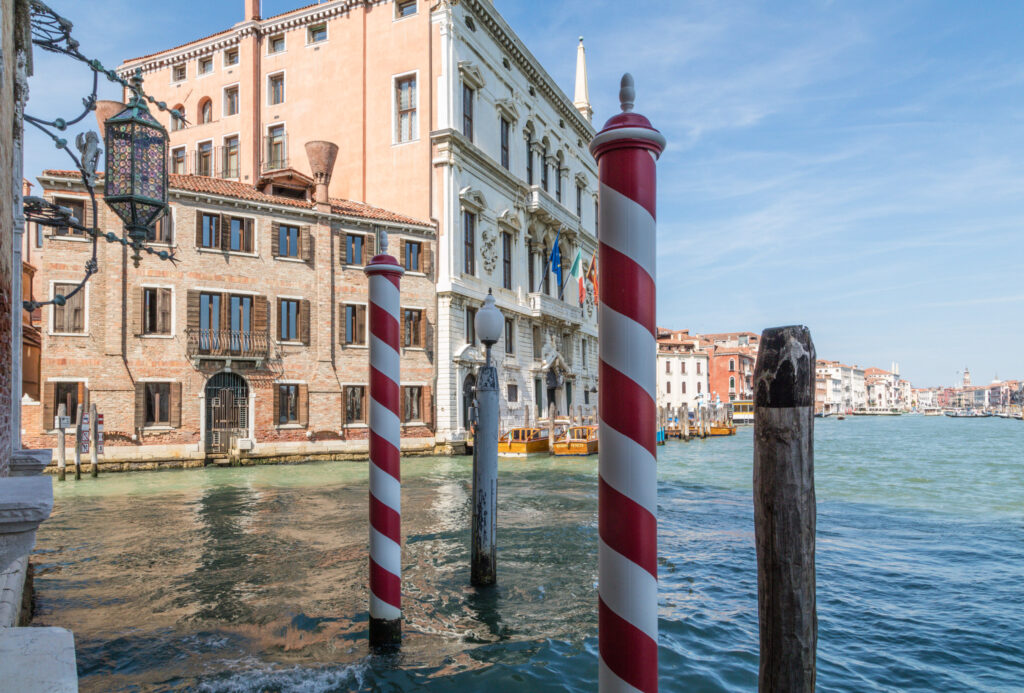

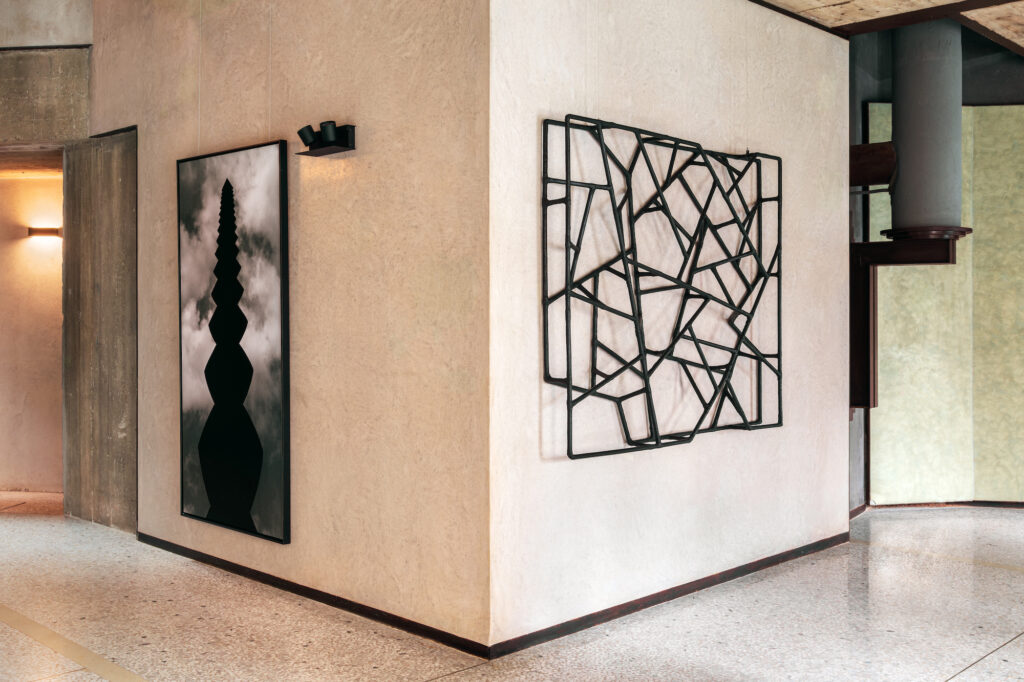

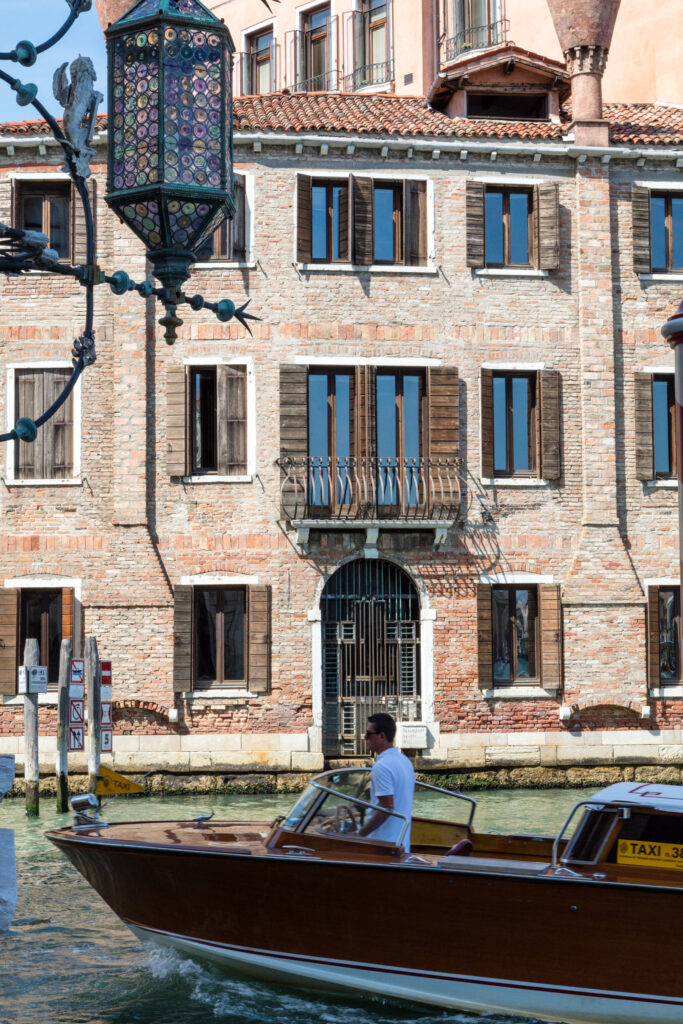


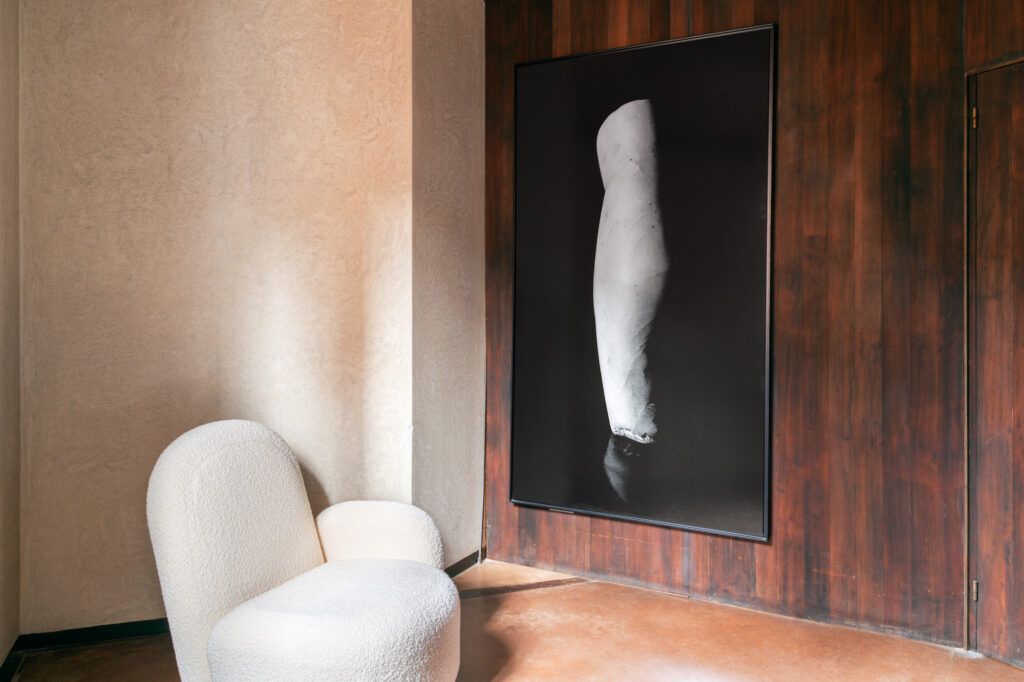
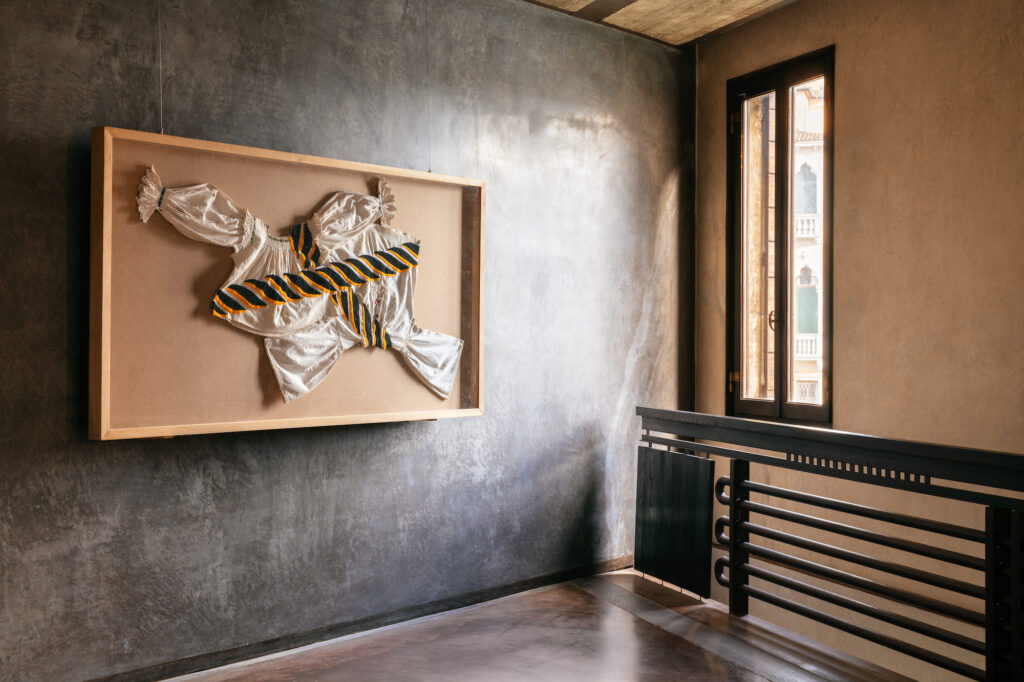
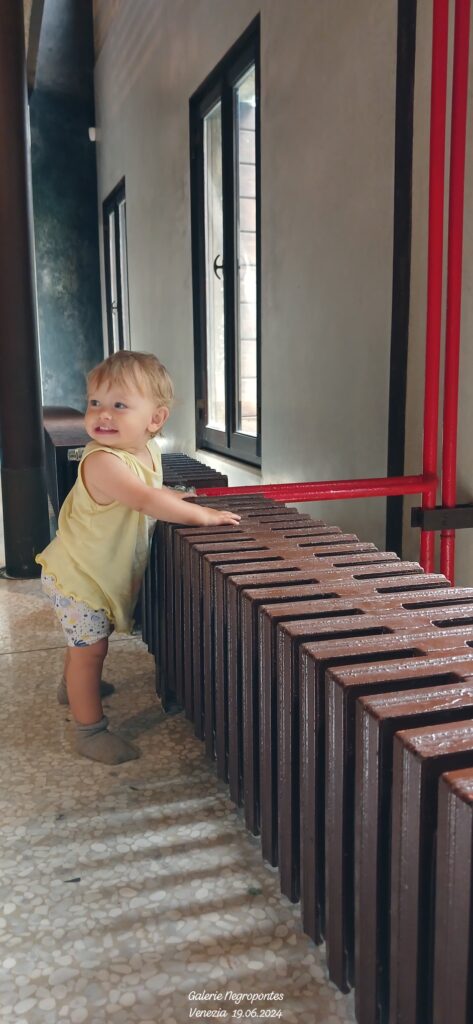
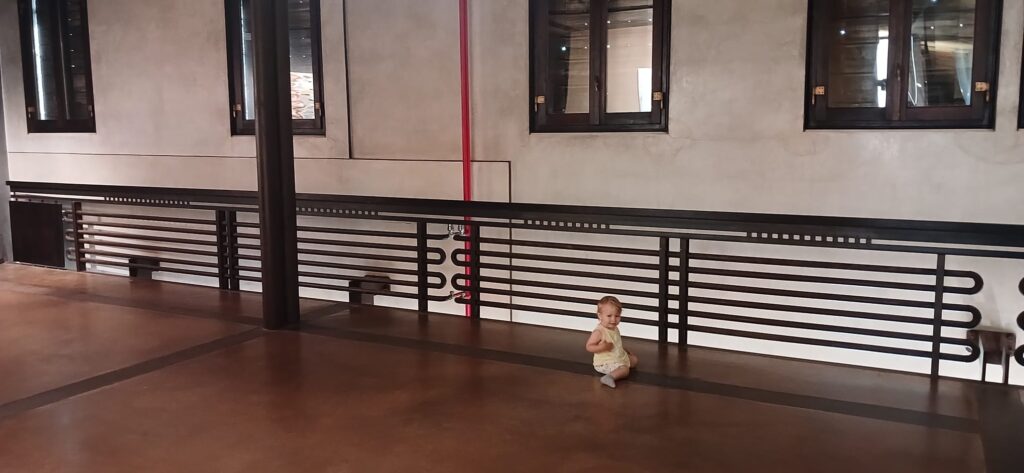
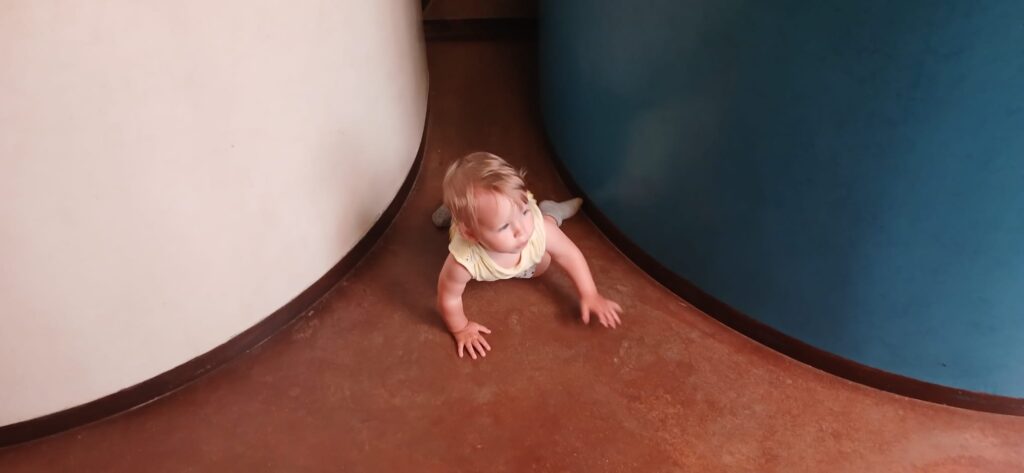














Reading this beautiful story of Venice
and Carlo Scarpa was the perfect peaceful ending
to a hectic day. Thank you.